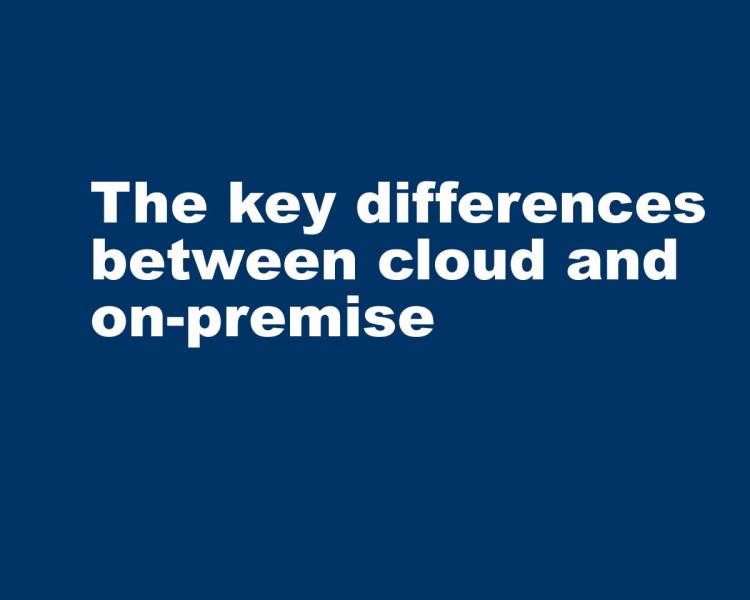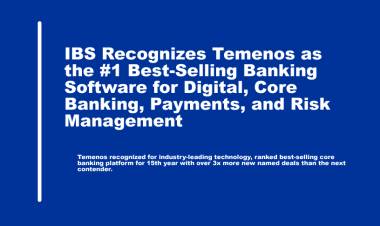The key differences between cloud and on-premise

It is no surprise that cloud-based core banking has grown in popularity as much as it has, as its allure and promise offer newfound flexibility for banks — from saving time and money to improving agility and scalability. The primary key differences are:
Infrastructure
In an on-premise environment, resources are deployed in-house and within your bank’s IT infrastructure. You are responsible for maintaining the solution and all its related processes. In the cloud, resources are hosted on the premises of a service provider. However, you are able to access those resources and use them at any given time. There are no capital expenses and data can be backed up regularly. It allows you to connect with customers, partners, and other businesses with minimal effort.
Cost
When you deploy software on premise, you are responsible for the ongoing costs of the server hardware, power consumption, and space. When you use a cloud-based model, you only need to pay a fixed fee to the SaaS provider. It offers you the ability to reduce system maintenance costs, which lowers legacy technology worries. This allows you to spend budgets on innovation, customer satisfaction and growing the business.


















